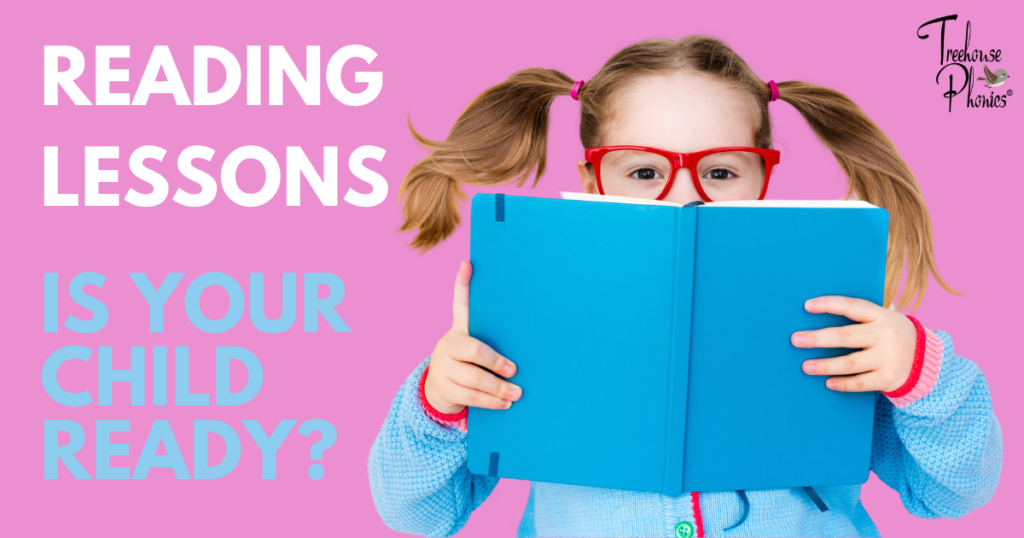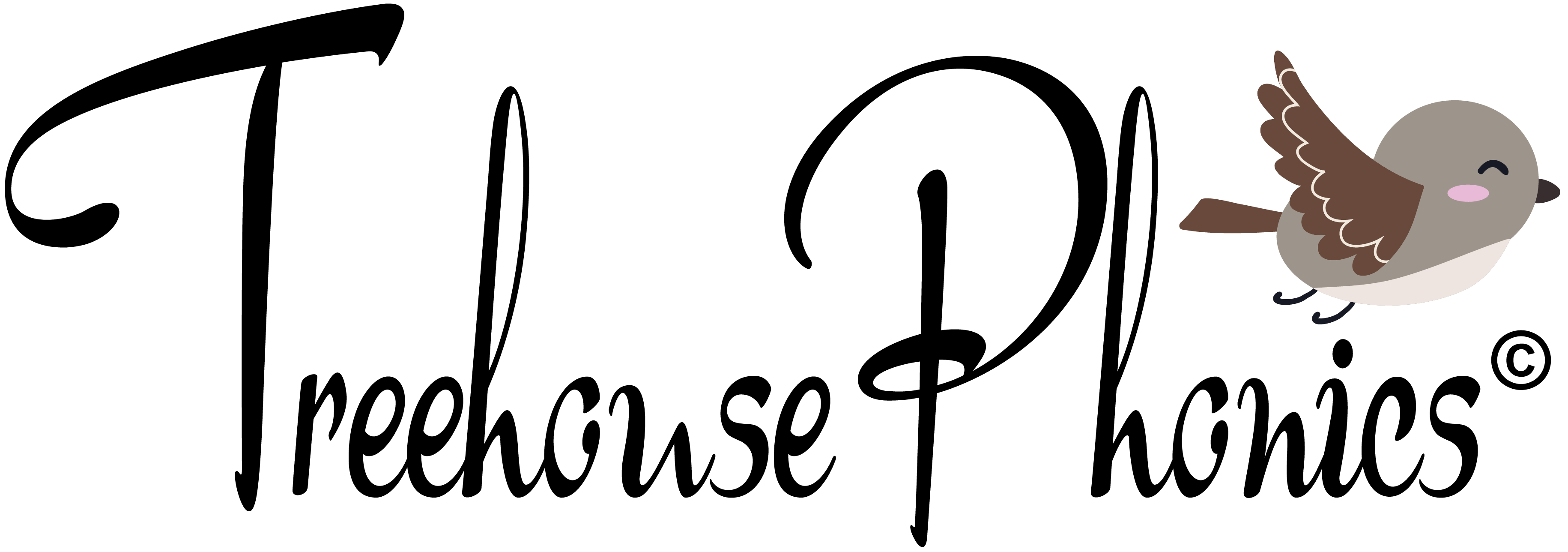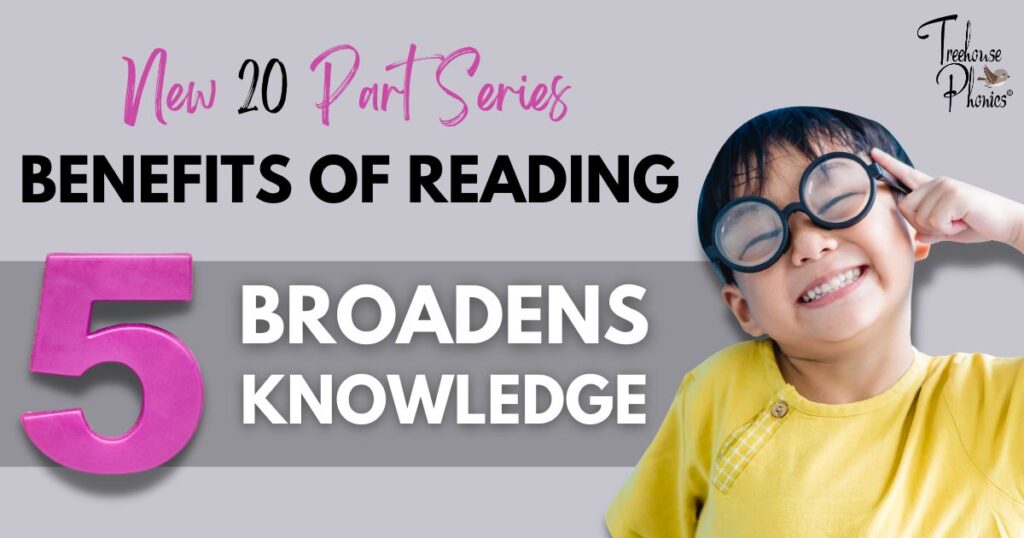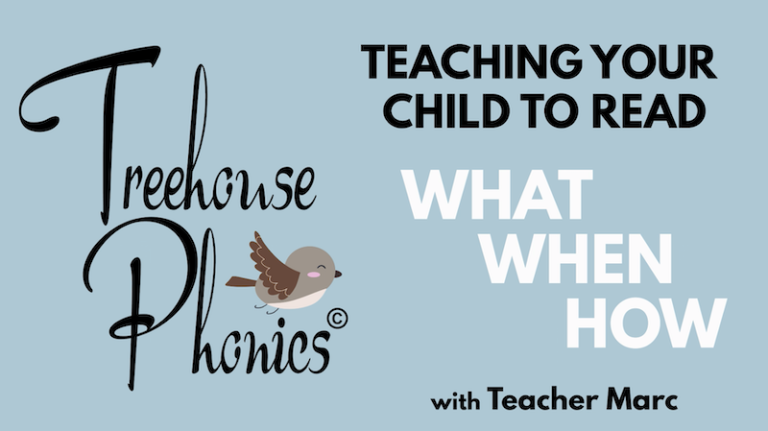Never before in human history have we had so much access to information in the blink of an eye. Google has become a verb and ChatGPT is an incredibly powerful tool that lets AI (Artificial Intelligence) do all the heavy lifting and takes research and creativity to a whole new level. You don’t even have to type anymore. People are barking queries and prompts into their smartwatches and getting very satisfactory results. Video instruction on platforms like YouTube presents knowledge and insight with a creative delivery that entertains and educates learners of all age groups. So why on earth are we still encouraging our children to crack open books and expand their knowledge the old fashion way? We are going to explore 7 rock-solid reasons why reading is still a better way of broadening knowledge despite the ever-evolving technological advances in knowledge acquisition.
Active Engagement

When your child is reading, they are actively engaged. There is nothing passive about it. They are decoding text and making sense of written words. This involves cognitive functions that stimulate over nine areas of the brain at once! It also prompts critical thinking skills, helping them to process new knowledge with greater understanding and greater attention to detail. (explained further under the heading Critical Thinking and Analysis). When your child is reading, they are actively interacting with text, making connections and visualizing concepts. All of these promote a deeper understanding that will help them retain new knowledge and build on that knowledge base with greater confidence and wisdom, giving them tools to make practical application of things learned throughout their lifetime. Even the physical act of holding a book stimulates neural activity and fine motor skills. There is very little of that happening when children are sitting like zombies binge-watching Paw Patrol for three hours straight.
Language Development
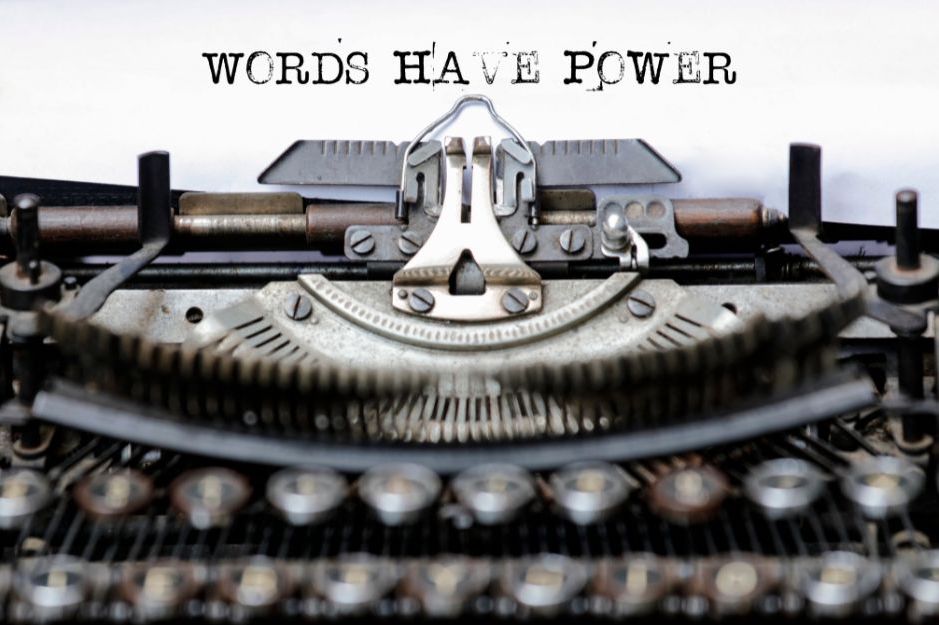
One of the best ways of expanding our vocabulary range and stimulating language development is through reading. Reading exposes children AND adults to a variety of sentence structures and writing styles that reside outside the range of our current vocabulary comfort zone. Reading improves spelling and comprehension skills and allows the reader to take the time to reflect on new things learned at a pace that suits their learning style. Over time we tend to adopt and absorb new and interesting ways to express ourselves from the influence of talented and articulate authors who often spend hours mulling over a single sentence in an effort to deliver a thought with maximum creativity.

Technological enhancements in AI such as ChatGPT and other data retrieval/manipulation tools will always be dependent on humans and the quality of the questions asks. As they say, “It’s all in the prompt”. Learning to read is “future proof” and will never become obsolete. Don’t worry about robots taking over the world. They will always need someone to tell them what to do and we can co-exist with AI and thrive if we know what to ask and how to ask for it.
Individual Pace and Focus

Broadening your knowledge through video presentations has some serious drawbacks. One of which lies with the speed and flow of the material. Unless you pause frequently and rewind throughout the presentation, the pace of learning is predetermined and very unforgiving. Whereas reading allows individuals to set their own pace and focus on specific areas of interest. Readers can revisit sections, reread sentences for clarification, or skip ahead if they have prior knowledge. This flexibility allows for the consumption of new knowledge on your own terms and the opportunity to work within one’s individual learning styles. This intern creates a reciprocal effect that empowers learners to dig deeper and satisfy even the most voracious appetites for knowledge and understanding.
Critical Thinking and Analysis

We live in an age of information overload and it has become increasingly difficult to discern truth from fiction. Any decision based on false information can have dire consequences and the manipulation of facts has become an art form. Our children are entering the age of deep fake technology and powerful AI (Artificial Intelligence) that has frightened a great number of people. It is paramount now, more than ever, that we equip our children with the critical thinking skills that will help them distinguish unbiased opinions from the misleading content that is so prevalent today. I call it the BS-o-meter. Your children need to rank any new information on a level between credible and BS. Unfortunately, we do live in an age where they WILL have to question everything.
Here is where reading takes another win. The greatest strength lies in the ability to slow down, analyze, interpret, and evaluate the information presented in text form. When we read, we can take the time to question, compare and draw connections between ideas. Have you ever seen a commercial for a pharmaceutical product on TV? We might be presented with a healthy-looking senior extolling the seemingly infinite benefits of a miracle breakthrough in arthritic pain, only to hear a longer list of outrageous side effects spoken at a frantic pace in hopes that you didn’t catch the phrases “May cause blindness, partial paralysis, or psychotic episodes.” No one is pausing to hear the list clearly and the company has thus fulfilled their legal obligation for disclosure. Reading allows you to analyze the “small print”. Whether your child is reading out loud or you are reading to your child, pause and take the time to analyze the text and ask for their opinions and comments on the material. One time I paused in the middle of Goldie Locks and Three Bears to ask my students how long the bears had been away from their home. None of them could answer with confidence until we took the time to note how fast a bowl of porridge cools down and the fact that one of the bowls was too hot. Therefore, the bears could not have been away that long. Critical thinking and analysis at work.
Imagination and Creativity
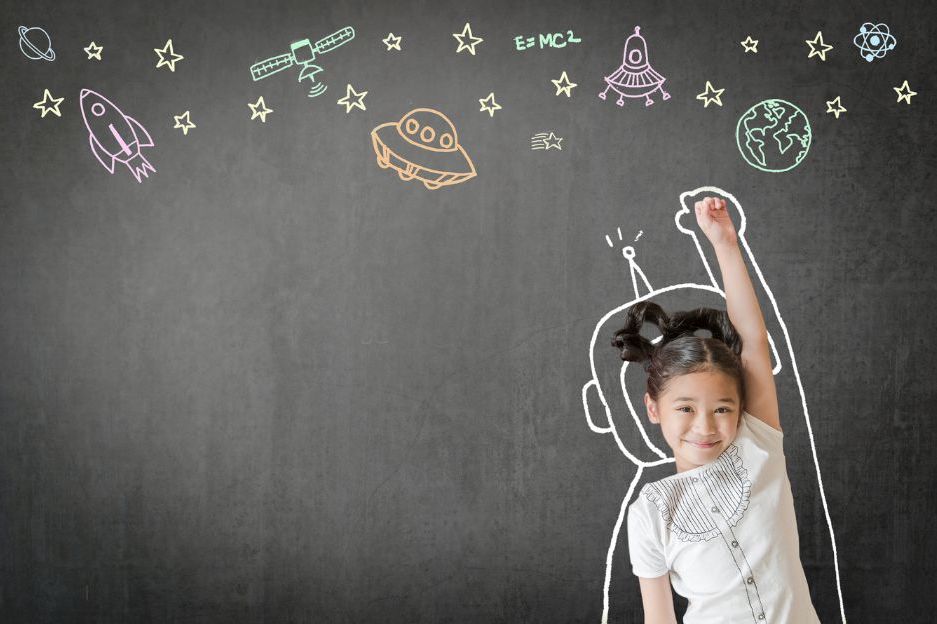
The beautiful thing about mental imagery is the limitless potential to envision truly astonishing events, places, people, concepts, and ideas. Reading comprehension is about making sense of someone else’s words. This involves a host of images we create in our heads as we read. If the author tells you that a princess in distress is anxiously awaiting her heroic rescue, while locked away in a castle tower that reaches clear into the clouds, you immediately start building a series of mental images. In the interest of keeping the story moving, the author doesn’t have the luxury to describe every single detail and that is ok! Your imagination and creativity meet you halfway. Your image of a prince from a faraway land, scaling a lofty tower to rescue our royal victim in distress will be different than any other person on this planet.
Video productions on the other hand leave little to the imagination. I can still remember the first time I read The Lion, The Witch, and the Wardrobe as a child, the concept, the characters, and the entire story blew my mind and in turn, launched a creative spree in me that lasted years. Even if your child can’t read yet, the stories you read to them will still evoke mental pictures that will stimulate their imagination, nurture creativity and have them aching to learn more. As the act of reading continues to enhance their creativity skills, your child will become ever more resourceful in finding ways to get the answers they are looking for and be in a better position to generate original ideas based solidly on the unique way they have processed the knowledge and information they read in books.
Focus and Distraction Control
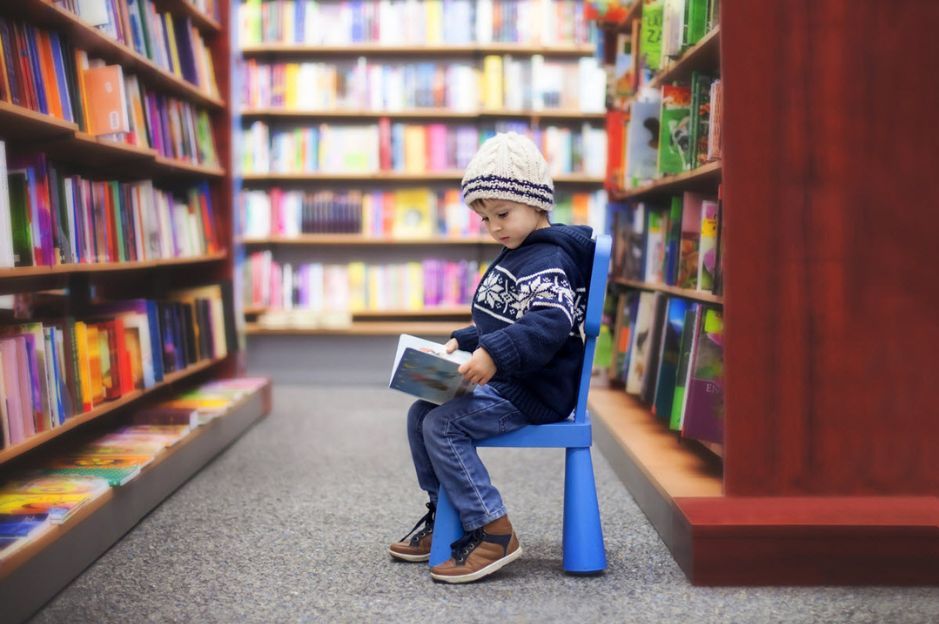
“It is impossible to commit a crime while reading a book” – John Waters. Reading and multitasking do not go hand in hand. I taught a nursery class in Bangkok Thailand and I’ll never forget the day when one of my students sat quietly, motionless in a corner near our class library and was absolutely riveted by one of our Dr. Seuss books. He finished his art assignment quicker than the other children so I sent him to fetch a book of his choice. The art session had finished, we tidied up, lined up, and my teacher assistants had taken the children outside to play. Jihon was still sitting on the mat, reading (as best as he could for a 4-year-old boy). I stared in amazement at the level of concentration and laser-like focus. The noise level of my class when lining up rises to a blistering crescendo each and every time and this boy seemed oblivious to it all. Yes, reading could do that! Not every child can tune out the world around them like a pair of noise-canceling headphones and granted, Jihon might have been an exception to the rule but, I am moved to tell you that nothing looked more satisfying to me as a teacher than seeing a child fully engaged in that act of reading. It takes time to build up that level of concentration but as fluency builds, the increase in cognitive function will crowd out the enticement of unwelcomed distractions. What a wonderful reason for making concerted efforts to strengthen reading comprehension and proficiency to a level where our children can take a break from the peripheral noise of modern living and find escape in a great story or expand their knowledge base at a pace they are most comfortable with.
Diverse Perspectives and Depth of Information
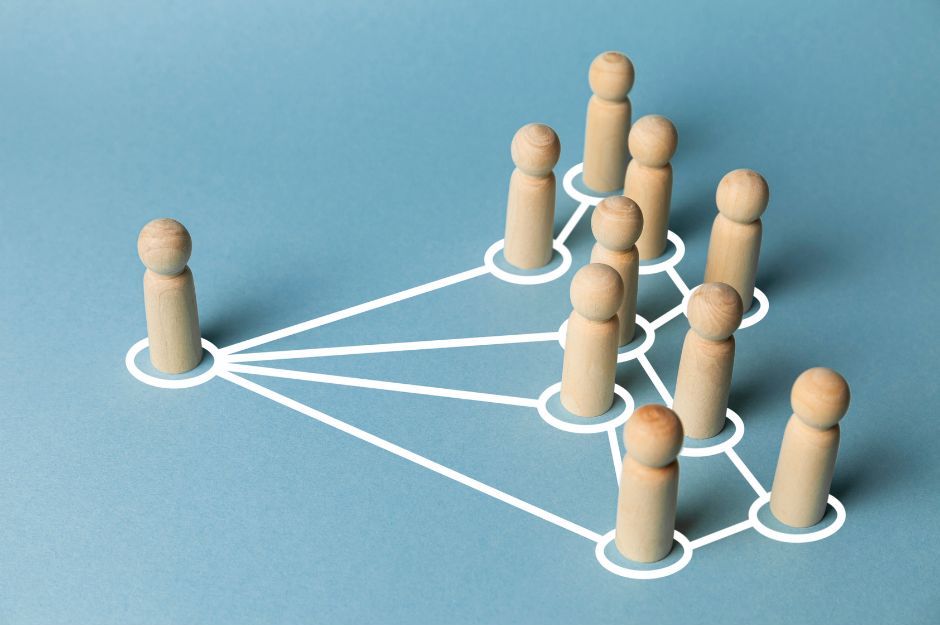
As mentioned earlier, we live in an era of information overload. On the one hand, it’s easy to feel buried alive under an avalanche of opinions and recommendations. On the other hand, we have so many more choices and multiple views on any given subject and this gives us more data to work with and find a common thread to base a more informative decision. Again, reading triumphs over video content in so many ways. Reading allows us the opportunity to access viewpoints through a diverse choice of authors. Even with age-appropriate books, our children will gain access to a breadth and depth of knowledge that may not be available in video lessons. There is no shortage of books that enlighten, entertain, and broaden knowledge for our children. Rather than feeling overwhelmed, you may have to take a moment or two to make better choices when gathering titles for your child’s personal library. The scrutiny is worth the effort and if that entails a little book snobbery, there’s no shame in that!
Final Thoughts
Advancement in technology is making it easy than ever before to broaden our knowledge and understanding of just about any subject you can think of. The trouble lies with the pace and all-to-common disregard for accountability. We need to teach our children to take a deep breath and learn to view and analyze information at a pace that allows them to distinguish what is credible and what can potentially contribute to poor decision-making. We have just examined 7 powerful ways in which reading helps learners enhance and absorb new information at a pace and style of instruction that suits them best. Yet ANOTHER reason to teach you child to read as soon as they are ready. To find out more about reading readiness, click on the link below!
